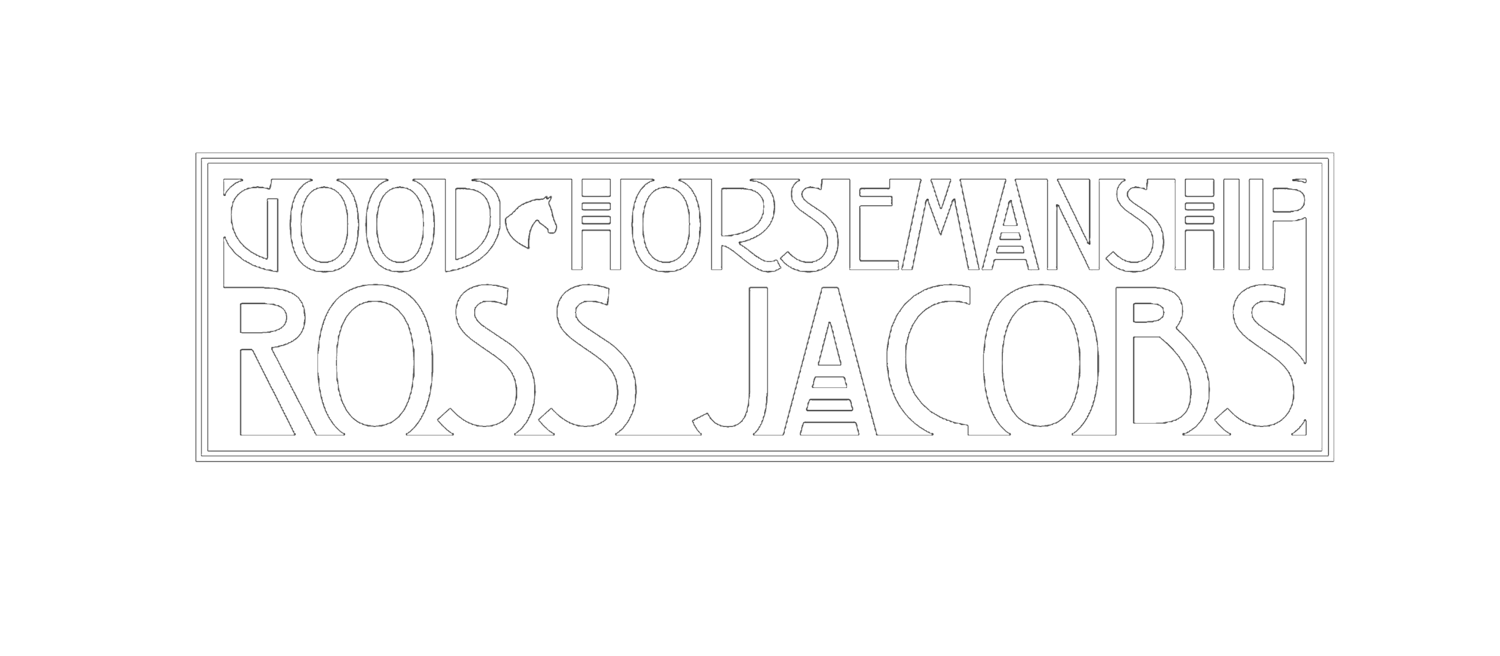I am convinced that many people (perhaps the majority) continue to believe that the quality of training or the degree of education of a horse is judged by what we can get it to do.
I don’t think I am alone in this idea because nearly every training demonstration at any horse expo has a trainer showcasing some “wow” tricks to convince that they are the best. If people were not so easily fooled, there would be no reason for trainers to show horses standing on pedestals or being unreactive while a chain saw is waved around them or a line of horses working at liberty. These performances are designed to market their skills to people and extract money from them.
It’s not the trainer’s fault; they are only trying to make a living. It’s our fault for being so naïve as to believe that a horse working at liberty is automatically happier and better trained than one working on a line. We are the market they are catering to. If we paid money to watch somebody ride a happy horse on a loose rein at a soft, straight, and rhythmic trot, trainers would stop teaching their horses to kick beach balls. But when was the last time a crowd went wild at a horse offering a nice, relaxed trot at a horse expo?
Now that I have gotten that off my chest, this is the important point I want to make.
How do you know when to be impressed by what a trainer can get a horse to do?
Hint: It’s not the nice soft trot. It’s not cracking whips while standing on the horse’s back. It’s not from when a horse puts its head in the halter. And it’s not when it jumps through a hoop of fire. In fact, it’s not from anything it is doing.
Speaking for myself, the thing that I look for when assessing the quality of training is not what a trainer can make a horse do or how a horse feels when it is performing a task, but by how it feels when the horse is asked to change what it is doing.
I constantly ramble on about good training being primarily about changing a horse’s thought. Without getting a change of thought, a horse is no more than a polite, obedient slave. Most horses can get by performing tasks that have been drilled into them or where submission is the primary ingredient. But what gives it away are the tell-tale signs of resistance or anxiety when a horse is asked to do something different it was not expecting.
Let’s look at a really common example.
Many people teach their horse to load into a trailer. A lot of horses can go in and out of a trailer politely and quietly from just a hint from their owner. The quality of training that it takes a horse to do will impress very many people, especially if they battle just to walk their horse up to a trailer. But what if the horse is asked to load into the trailer and then, when it is halfway in, unexpectedly asked to stop and stand still or back a step and stop? What happens when the horse’s idea to walk into the trailer is interrupted, and we ask it to alter its idea to something else?
Most horses I have come across in my working life cannot do this exercise without feeling some inner trouble. Some horses will experience a little anxiety and others will tear up the inside of the trailer. This is because the horse has been trained to perform the trick of trailer loading and has not learned to stay mentally connected to the owner.
Good training should be attempting to mentally connect people and horses in everything they do together before fixating on movement. Obedience just gives you movement, but mental focus and emotional softness create the quality of movement.
So, when you next watch a demonstration of somebody executing some “Wow” movements with their horse, check for signs of worry or resistance when the trainer asks for a change that is not part of a routine.

